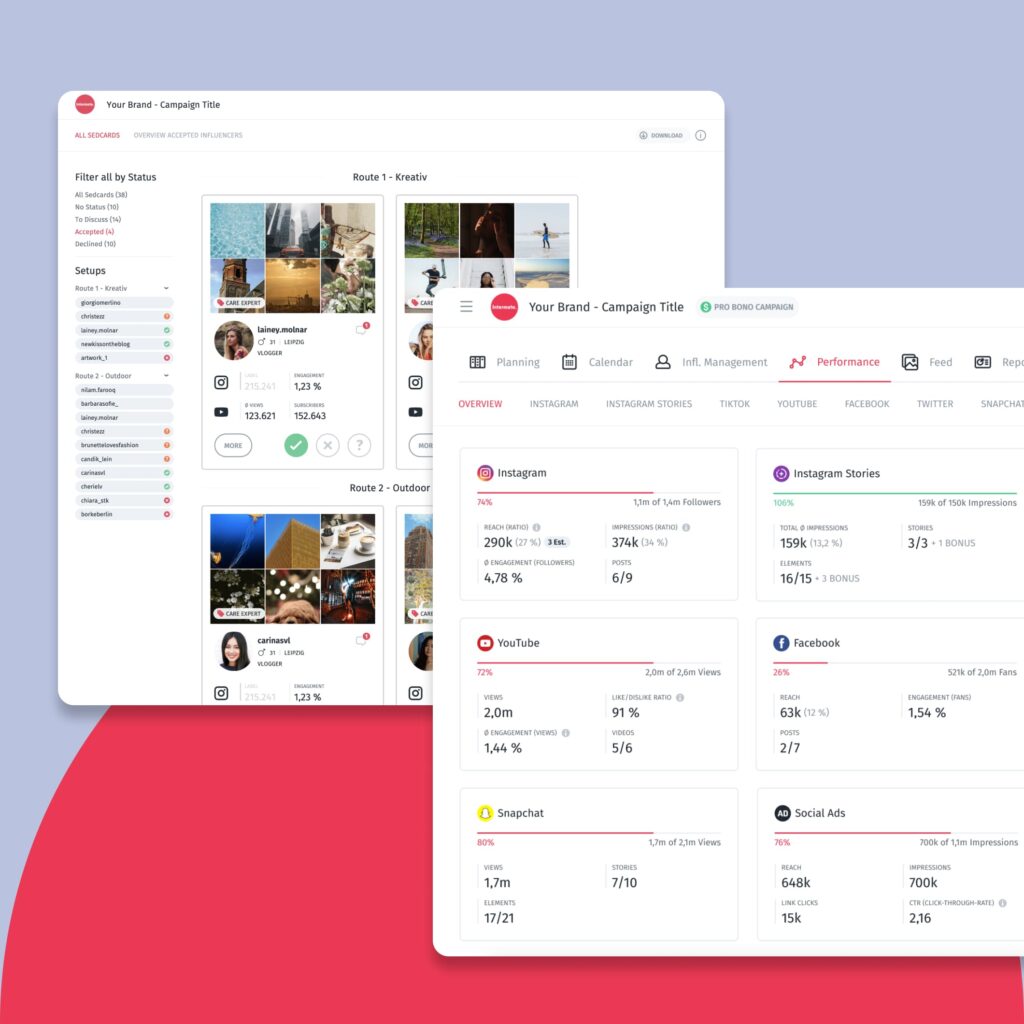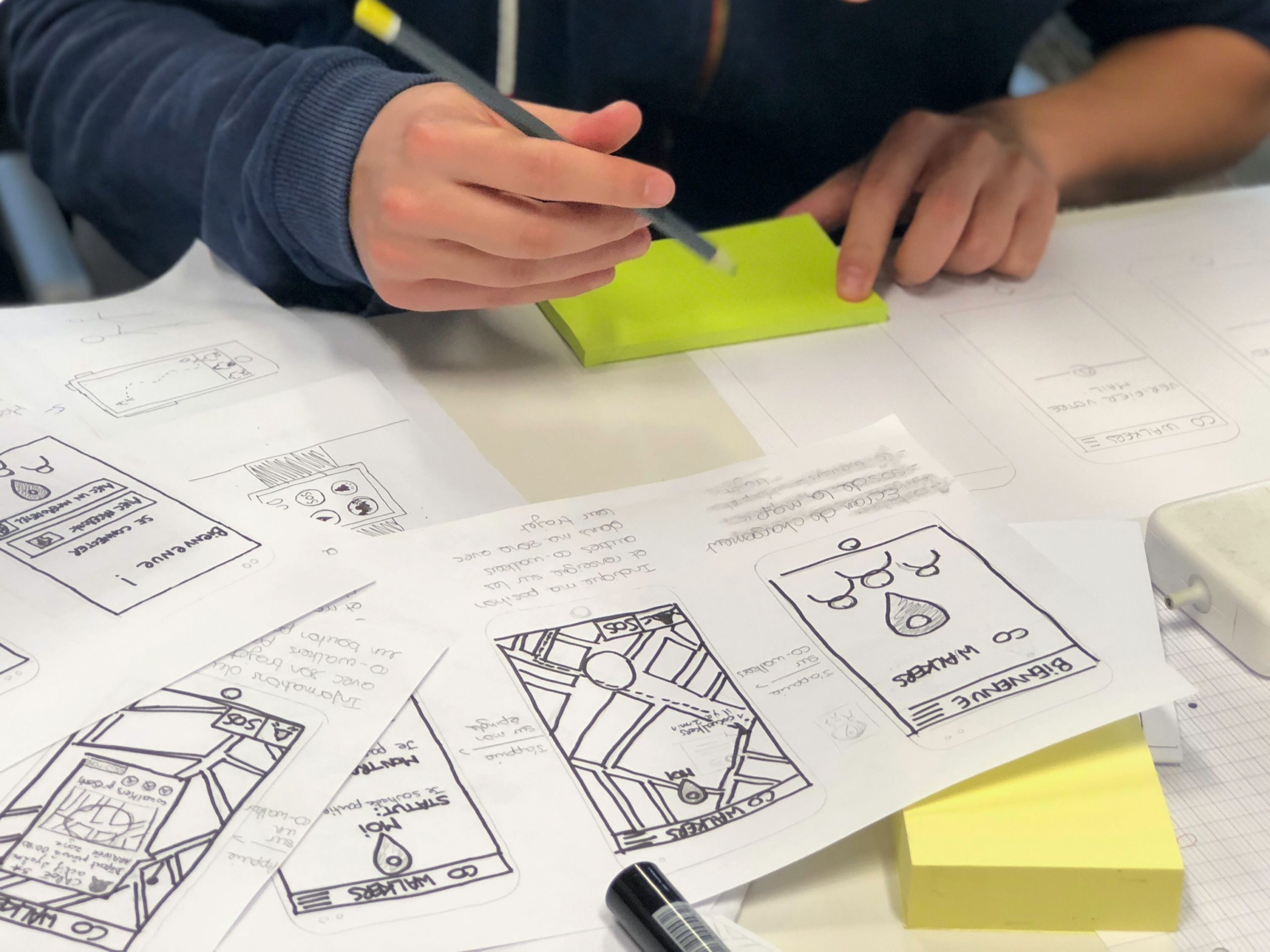Blog
How to Scale Quickly by Building the Right Solutions With Customer Journey Mapping With Jochem Van Der Veer From Theydo

About the guest:
Jochem van der Veer is a co-founder of TheyDo — a platform to scale design thinking. Jochem was working as a designer for many years and has great experience in user experience design. He was helping his clients to become more customer-centric, which brought him into journey mapping and using customer journeys as the core of how businesses operate. With TheyDo, Jochem enables a smarter way to approach business and Customer Journey Management.
Brief overview:
If you’re trying to better understand your customers, better align your internal team and build better products that sell, understand customer journey mapping. Jochem Van der Veer from TheyDo explains how to create and use customer journey maps in the right way because customer journey starts way before your signup page and decides whether customers choose you when they have a problem.
What brought Jochem to building a SaaS
Jochem has a background in user experience design, and with two other guys, he was leading a service design agency where they focused on helping clients work more customer-centric.
They were building the processes and systems to help businesses sustain and were using customer journeys as the core of how companies operate.
At that time, they discovered an interesting thing:
So what we found was that everyone was doing it so differently, journeys were all over the place, nothing was consistent, nothing was standardized.
There was a need to have a bigger picture, an overview, which will help prioritize the next steps. Firstly, Jochem and his colleagues designed software to serve their existing clients, which ultimately led to creating a whole product organization around journey management.
It was a road from a consulting agency to an entire SaaS business that targets large corporations with a lot of different departments, different silos, a lot of miscommunication but want to work more customer-centric.
Everything you need to know about Customer Journeys
What is the definition of customer journeys?
Even though their primary audience is bigger enterprise companies, customer service design isn’t just something that only Fortune 500 enterprises should be doing. Startups also need journey mapping, and a very good inset process for this is essential.
Talking about the concrete definition, Jochem explains it as:
It is visualizing, or at least when we talk about customer journey maps, it’s about visualizing the experience people have when completing a goal, or achieving some target or meeting some deadline that they have for themselves.
Customer journeys are not only clicking on specific buttons, buying a subscription, sharing sth with other people. All those are part of the customer journey, but from a business perspective, customer journeys are much broader.
It starts with the first thought of a customer when they realize they have a specific problem or need, and then the whole process including things that force decisions or hold people back from them.
Do customer journeys have any standard format and what can be used to draw or sketch it?
There is no standard format, but of course, when googling “customer journey mapping,” you’ll be able to find a lot of templates, layouts, sketches. But the visual part is not the real problem; more important is data and the way of gathering it.
Tip from Jochem: the best customer journeys are based on real customer interviews.
You need to talk to customers to understand what was the decision-making process in their head all the way to buying your product. The data from customer interviews you can then structure back into journey maps and literally show the progress people have made.
Building an understanding of what they actually did step by step by step, what they thought, what they felt, what they experienced, why they were doing, what they did, is ultimately the best way to get started mapping a journey.
The right time to start building customer journey maps
Based on the previous question, you may think that good customer journey maps can be done only if you already have customers, so basically if the company is mature enough.
However, creating a hypothetical user journey based not on real customer interviews but on some assumptions is the way to start.
First of all, you need to understand what are the people you seek to serve and create different profiles of them, which are called “personas.” Personas represent need-based profiles of people you see as your ideal customers.
How to create those profiles?
- Look at some problems/needs your product, or the vision of your product is going to address
- Look at the current situation: how do people deal with this problem now, what are the alternatives (creating a customer journey of the competitive alternative people are currently using is also one of the ways to start)
- Look at what is holding people back from change.
There are obviously some negatives:(
Downside:
If you believe that you have found the truth, and your journey is great, it’s hard to let that go when you learn new facts that are counterintuitive, or disconfirm your initial thoughts. You know, we want to be right, and we want to build a business that works. So if people tell you your journey is wrong, it’s very hard to change that.
Who should ideally be involved in creating customer journey maps and how should this process look like?
- It shouldn’t be in the form of a workshop or group session, where you have a couple of customers and people from your team. With such an approach, the outcome will be much biased and based on groupthink. CJM has to be based on interviews, one-on-ones, because it’s more valuable, and you get real insights.
- It would help if you had someone who later on can continue building on this journey because journeys are not one-time activities, and your core team has to be present in it all the time.
Journey mapping is not a poster exercise that you do once, create a nice visual, you get some insights, and you go back to business.
3. Who should be there: CTO (someone who leads the development), designer (or someone who is literate in user experience research or talking to customers and knowing what to ask to get some information) – are a must. But any role in your company can be involved because every person can bring something to such a session that you might not have thought of before.
Jochem gives a sample of a customer journey that you can visualize
It goes all the way from the first thought that we already mentioned and ends with churning or renewing the SaaS business.
The journey looks like this:
Step 1: A customer has his first thought
Step 2: Passive looking
Then something should happen (recommendation, ad, event)
Step 3: Active looking (customer starts to figure out what are the options, starts browsing around, collecting a few pages, and making a shortlist of solutions)
Step 4: Decision
Step 5: Onboarding
All of these steps, of course, include many more additional actions, factors that influence the decision, and it also depends on the complexity of the product. Especially if we look at the onboarding process: there can be so many different entry points and different steps involved.
Also, there are different ways to structure the customer journey map: you may want to get a big picture or a small, detailed version of the big picture to understand what exactly is holding people back. A detailed approach is a better way to find new opportunities.
All these little elements together might shape what we call opportunities for you to improve either your communication, your onboarding flow, etc
When do you have to revisit the customer journey?
It depends on the product cycle and your planning.
Jochem advice:
This is very useful to start your weekly meeting with having a look at the journey or having a look at your opportunity prioritization or having a look at what are the new insights that we have gathered or obtained
Besides this, it is very useful to do little cleanups once in a while, go through the whole journey together with your team to understand if this journey is still the right one and you’re getting the opportunities right.
Books & articles on customer journey mapping from Jochem
- “Demand Side Sales” by Bob Moesta. The author is of the guys that together with Clayton Christensen came up with the “jobs to be done” framework and he is showing the journey as a way how people make purchase decisions, buy things or basically Demand Side Sales, as he calls it.
- Journey Excellence, a simple blog article that lays out an approach to customer experience management, where you use journeys and personas to structure insights, which allows you to create hierarchy in these different journeys you have and then lets you prioritize opportunities across these journeys and that workflow.
Thanks for reading till the end, we hope this was helpful, for more podcast episodes visit https://trustshoring.com/productstories/
Read more


Case study:
Intermate influencer agency
How Intermate influencer agency outperformed its competition by building an inhouse c...

AI-Powered SaaS: Everything You Need to Know

How to Hire a CTO or CPO for a SAAS Without Breaking the Bank

How To Build A Prototype For Your SaaS Product [Q&A with George Krasadakis]

What Makes Software Development Expensive & Unpredictable?
Create a free plan for growth
Speak to Victor and walk out with a free assessment of your current development setup, and a roadmap to build an efficient, scalable development team and product.
“Victor has been great. Very responsive and understanding and really knows his stuff. He can go the extra mile by tapping into his prior experiences to help your company out. Really enjoyed working with him.”
Founder of Agency360

Victor Purolnik
Trustshoring Founder
Author, speaker, and podcast host with 10 years of experience building and managing remote product teams. Graduated in computer science and engineering management. Has helped over 300 startups and scaleups launch, raise, scale, and exit.
